Committee on Earth Observation Satellites: The Mission, Efforts, and Progress
10th Dec 2021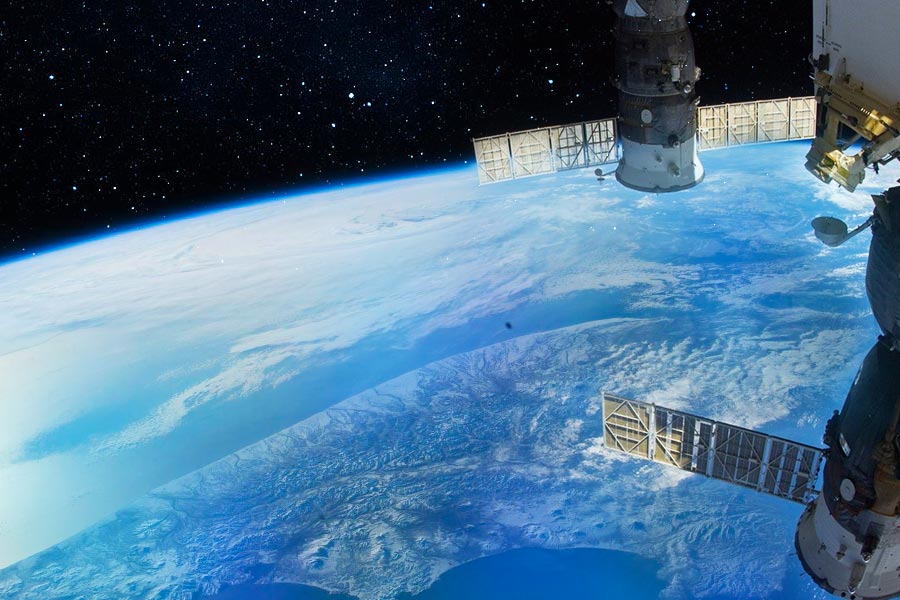
The history of Earth observation satellites begins back in the early 1960s with the first meteorologic IR sat, Tiros-1. Since then, we have made an enormous step forward, and today, about a thousand satellites are orbiting our planet. These belong to several dozen countries and organisations. The activity of the satellites is regulated thoroughly, both on local and international levels. Here, we’ll shed light on the most significant Earth observation activity coordinator – CEOS.
Satellites for Earth Observation to Serve Science & Society
CEOS, the Committee on Earth Observation Satellites, was founded in 1984 during the G7 summit of industrialised nations. The Committee was the initiative of the Working Group on economic growth, technology, and employment and aimed at coordinating the international effort on Earth observation to the benefit of the world’s community.
CEOS’ initial mission was to provide data cohesiveness, generalise its format, cross-calibrate the tools, and test and compare the various EO products to make them more accessible for the end-users.
Further on, there became more satellites, the board instruments were advanced to unseen levels, and new types of data and processing appeared. Such industry development has forced CEOS to take on new responsibilities. First, they enhanced the field of cooperation with other organisations coordinating land observation satellites, for example, CGMS. Plus, they focused on establishing the requirements of the external organisation. And finally, they took on the job of the principal Earth observation activity coordinator.
Today, almost four decades later, CEOS is a powerful department, uniting 61 agencies from all over the world to work on missions, data systems, and global initiatives together. These include 34 participants and 27 associated members. They all benefit society according to the priorities of the countries they represent.
CEOS incorporates space agencies of the leading space nations:
- NASA,
- European Space Agency (ESA),
- The National Centre for Space Studies o France (CNES),
- The Indian Space Research Organisation (ISRO),
- UK Space Agency,
- JAXA,
- The chief satellite agencies of China.
All the CEOS members act in accordance with the rules and regulations that precisely determine the function of various authorities and institutional structures in the Committee. This guarantees that there are sufficient human resources to perform the key functions and ensure flawless management on any level.
How CEOS Works
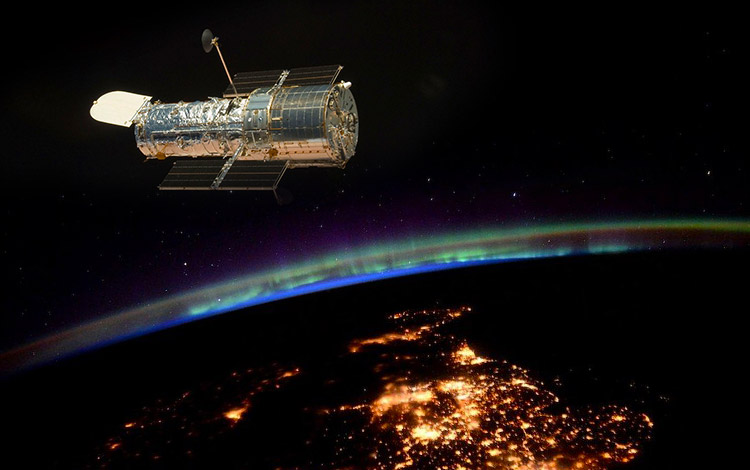
The agencies meet on plenary assemblies, discussing the implementation of various projects and events sponsored by CEOS. The Committee on Earth Observation Satellites chairman (one of the agencies’ representatives) is selected every year. However, the key authorities are three people: the current chairman, the person who occupied the position before that, and the next chairman-to-be.
The Committee activities are based on the four pillars:
- Working groups
- Digital constellations
- Special teams
- System Engineering Office (SEO)
Working groups are aimed at data calibration and validation, capacity building, natural hazards management, and climate studies. Besides, they determine the general standards of data processing used in the wide spectrum of Earth observation activities.
Digital constellations coordinate space systems, land observation satellites, and the systems of data delivery to meet the requirement range of a particular field.
Special teams are created in case the above two (working groups and digital constellations) can’t perform a certain mission of land observation satellites.
SEO is responsible for employing the system engineering methodologies and tools by working groups and digital constellations.
CEOS plans for future
Currently, the agencies incorporated by CEOS are handling 117 satellites, but they are not going to stop here. There are 24 missions planned in 2021, four of which have already been completed. Namely, NORSAT 3 satellite and three Chinese satellites were launched.
In the next fifteen years, the Committee plans to implement 260 more satellite missions. About a third of those will be meteorological satellites. Here, the key priority will be studying the game-changing earth processes, preventing natural hazards and climate change. In addition, other Earth observation missions will be harnessed in different research, operational, and commercial activities.
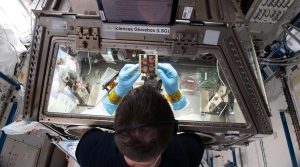


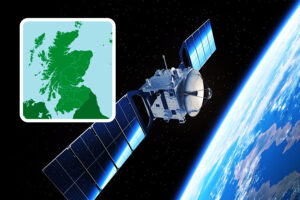

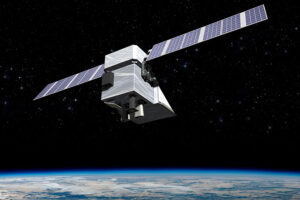
Thank you for your comment! It will be visible on the site after moderation.